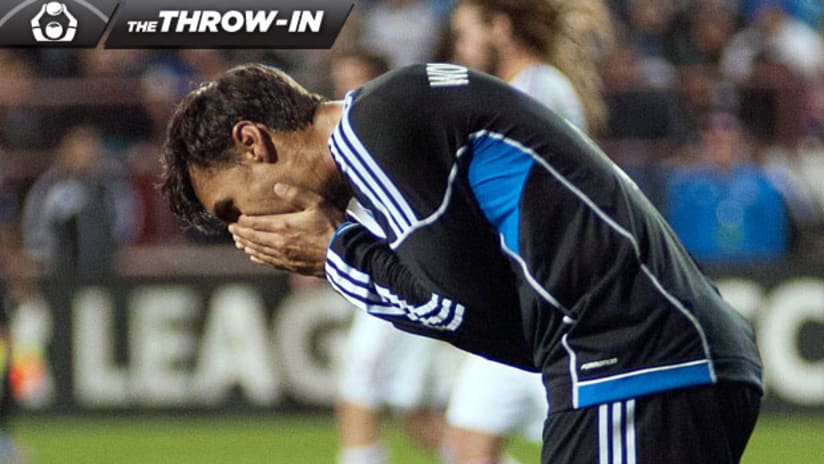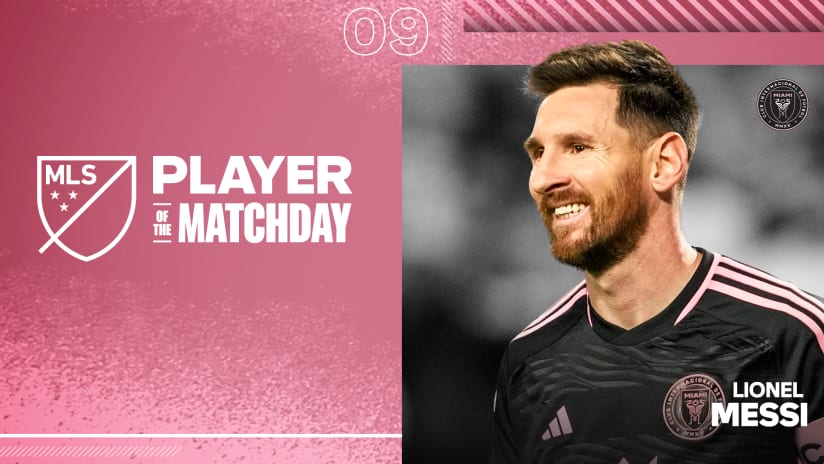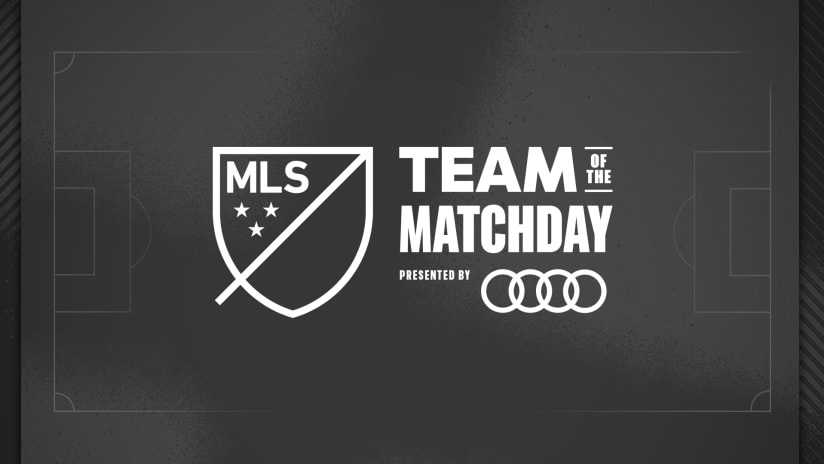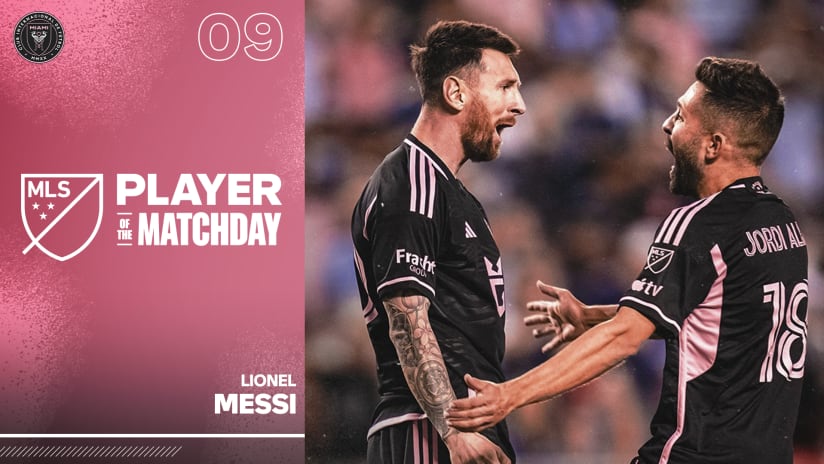All hail the goalscorer! Thursday at MLSsoccer.com was mostly dedicated to the craft of putting the ball in the back of the net, led by Jeff Bradley’s feature on what goes on in the mind of the marksman.
Fantastic stuff. But somewhat ironic in timing. The Monday morning conversations at our offices the past few weeks has gone something like this:
“Good weekend?”
“Yeah. But could've used a few more goals.”
If it seems to you like Major League Soccer has been overwhelmed thus far into the 2013 season with games that don’t feature much scoring, you’re not entirely crazy. Just this month, in fact, of the 17 league games played, seven have featured just a single goal or no goals whatsoever.
| Goals per game in MLS history | ||
| Season | 59-64 games in | Full season |
| 2012 | 2.40 | 2.64 |
| 2011 | 2.51 | 2.58 |
| 2010 | 2.50 | 2.46 |
| 2009 | 2.62 | 2.54 |
| 2008 | 2.82 | 2.81 |
| 2007 | 2.56 | 2.66 |
| 2006 | 2.85 | 2.62 |
| 2005 | 2.73 | 2.87 |
| 2004 | 2.66 | 2.61 |
| 2003 | 2.74 | 2.89 |
| 2002 | 2.95 | 3.01 |
| 2001 | 3.05 | 3.28 |
| 2000 | 3.10 | 3.19 |
| 1999 | 2.60 | 2.86 |
| 1998 | 3.54 | 3.57 |
| 1997 | 2.86 | 3.26 |
| 1996 | 3.40 | 3.37 |
All told, through the 59 games played so far this season, the current average of total goals per game is 2.22. That’s well below the MLS all-time low set in 2010 of 2.46 goals per game (see chart at right).
Is that worrisome? Not yet. By comparison, through 55 games last season, that number was at 2.36 goals per game, also on pace to break the record for futility. Yet the final stat ended up at 2.64 – a fair bit below the league historical average of 2.9 (which includes the early, wild shootout era), but not enough of a reason to get into a panic.
READ: Armchair Analyst: Edson Buddle will reach 100 goals, but who else will get there?
It’s also worth pointing out that if, say, three goals are scored in each of this weekend’s nine games, the average would jump up to the pace of last season. Still, it just feels like shots are clanging off the crossbar or slipping just wide more than usual.
So what’s going on? Here are a few possible contributing factors:
The early start. MLS’ opening date of March 2 was the earliest a season has kicked off in league history. That time of year can bring some adverse weather conditions. It just isn’t easy to find offensive form when it’s snowing or raining – or just plain cold.
“It’s far easier for a defensive player to perform under tough conditions because that essentially levels the playing field between the so-called skillful players and those not as skilled,” longtime MLS forward turned ESPN analyst Alejandro Moreno tells MLSsoccer.com. “It’s easier to destroy than to create, and early in the season, that’s what you see.”
WATCH: Henry shoots wide 1-v-1 with Nielsen
The early start also means a shorter break, which gives players who were injured in the late going in 2012 less time to recover. And the triage list to start 2013 has been littered with difference-makers.
Here’s just a small sample of big-name attackers who weren’t ready to go by opening weekend: Edson Buddle, Omar Cummings, Dwayne De Rosario, Alan Gordon, Danny Koevermans, Steven Lenhart, Javier Morales and Saer Sene. And this doesn’t even take into account any offseason sabbaticals...
Revamped offensive units. It’s hard to remember another season in league history in which so many teams are integrating major new pieces into their offenses at one time. By my count, 13 of the 19 teams in the league are dealing with this right now – and it’s debatable if you want to include more.
Chemistry takes time to build, obviously, in revamped offenses. That’s why, for instance, an established goalscorer like Kenny Cooper has only two goals thus far into FC Dallas’ hot start, and is trying to figure out a new position. It’s why C.J. Sapong – last year’s No. 2 scorer for Sporting Kansas City – has yet to find the net this year as he adjusts to the absence of loaner Kei Kamara and the presence of Claudio Bieler. And so on.
READ: Which Golden Boot winner had the most valuable impact on his team?
Shooting is down slightly in 2013, according to Opta: Teams are firing 18.8 shots per game this season, compared to 20.1 in 2012. So those stats bear this point out. But interestingly, actual efficiency isn’t off by much: The average 8.3 shots on goal per game is down only .6 percent from 2012, and the 44.1 percent shooting accuracy rate in 2013 is down a tenth of a percent from last season. So the attacking intent is there.
Defensive chemistry. It’s a cliché to say that the improvement in MLS defenses over the years is the reason scoring is down. But this builds off the first two points of the earlier start and shifting offenses. As Moreno points out, when you’ve got less time to prepare, you start in the back. As long as you’re solid defensively, your team is keeping itself in games with a chance to win.
New England, for instance, may be desperately searching for answers on offense. But Jay Heaps has the most reliable back four since the last time the Revs made the playoffs four years ago. It’s not a surprise to see that they’ve the best goals-allowed mark in 2013 with just two in five games.
And it should shock no one to see that, despite their offensive inconsistencies, Sporting KC and the LA Galaxy are also near the top of the defensive charts thanks to rock-solid defensive lines.
The good news is that the overall dip in scoring will almost certainly correct itself. As in baseball, offenses start to come alive as the summer months approach. And it’s still early enough in the season that a couple of good weekends full of goals will quickly adjust the average.
Of course, that would need to start sooner rather than later. If it doesn’t, we all know what the focus will be come summer-transfer season.
Jonah Freedman is the managing editor of MLSsoccer.com. The Throw-In appears every Thursday.













